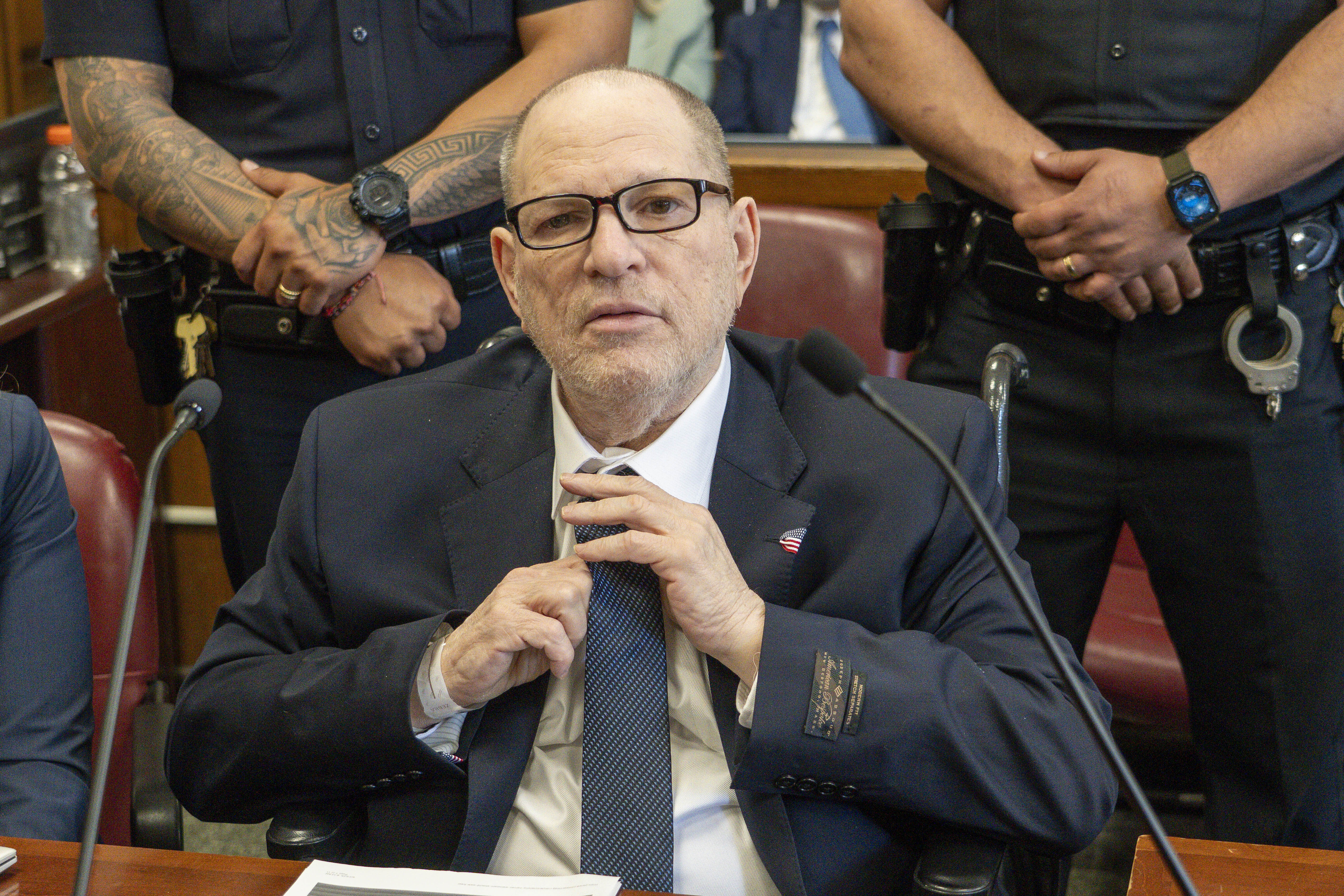Jalen Brunson: Knicks Star Wins Clutch Player of the Year
Jalen Brunson: Clutch King! Knicks Star Bags 2024-25 Award
Introduction: A Clutch Moment for a Clutch Player
The roar of the crowd, the pressure mounting, seconds ticking away – this is where legends are made. And in the 2024-25 NBA season, one name echoed loudest when the game was on the line: Jalen Brunson. The New York Knicks' star guard has officially been crowned the 2024-25 Clutch Player of the Year! That's right, folks, Brunson is in the NBA record books.
Forget fairy tales, this is about hard work, dedication, and an unwavering ability to deliver when it matters most. But what exactly makes a player "clutch"? And how did Brunson rise above the competition to claim this prestigious award? Let's dive into the details.
The Competition: A Battle of Titans
Brunson wasn't the only player vying for the Clutch Player of the Year title. He faced stiff competition from some of the league's brightest stars, including:
- Nikola Jokic: The Denver Nuggets' multi-time MVP, a true force on the court.
- Anthony Edwards: The Minnesota Timberwolves' explosive guard, known for his highlight-reel plays.
To win against such caliber is truly a testament to Brunson's skills.
Defining "Clutch Time": What Does it Really Mean?
What qualifies as "clutch time" in the NBA? The league defines it as: the final five minutes of either the fourth quarter or overtime when the score is within five points. These are the moments where every possession counts, every shot matters, and the pressure is at its peak.
Think of it like a high-stakes poker game – everyone's bluffing, but only the player with nerves of steel walks away with the pot.
Brunson's Clutch Stats: Numbers Don't Lie
The numbers paint a clear picture of Brunson's dominance in clutch situations during the 2024-25 season. Here's a breakdown:
- League-High Scoring: He averaged a league-leading 5.6 points during clutch time.
- Field Goal King: Brunson led the league in field goals made with 52.
- Total Points Prowess: He ranked second in total points scored during clutch time with 156.
- Assist Ace: Brunson dished out 28 assists, placing him third in the league.
These aren't just good stats; they're phenomenal. They demonstrate Brunson's ability to score, create opportunities for his teammates, and control the game when it matters most.
The Brunson Effect: Elevating the Knicks
It's one thing to have great individual stats, but it's another to elevate your team to new heights. Brunson's clutch performances weren't just about personal glory; they were instrumental in the Knicks' success. He has a positive impact on the New York Knicks.
Think about it: how many games did the Knicks win because of Brunson's late-game heroics? How many times did he inspire his teammates to play harder and believe in themselves? That's the Brunson effect – a contagious confidence that spreads throughout the team.
From Dallas to New York: A Clutch Evolution
Early Career Signs: A Glimmer of Potential
Brunson didn't become a clutch player overnight. His journey began in Dallas, where he showed glimpses of his potential. While he wasn't always the primary option, he demonstrated a knack for making smart decisions and hitting big shots when called upon.
The New York Transformation: Unleashing the Clutch Gene
The move to New York proved to be a turning point in Brunson's career. He was given the opportunity to be the team's primary ball-handler and go-to scorer, and he thrived under the pressure. He improved exponentially in New York.
It's like a caterpillar transforming into a butterfly. Brunson always had the potential, but it took the right environment and opportunity to fully unleash his clutch gene.
Beyond the Stats: The Intangibles of a Clutch Player
Mental Fortitude: Staying Cool Under Pressure
Clutch performance isn't just about physical skill; it's also about mental toughness. Brunson possesses the rare ability to stay calm and focused when the pressure is on. He doesn't let the moment overwhelm him; instead, he embraces it.
Leadership: Inspiring Confidence in Teammates
A true clutch player is also a leader. Brunson inspires confidence in his teammates by his actions and words. He's not afraid to take the big shot, and he trusts his teammates to do the same. He is a team leader and an inspiration to others.
Basketball IQ: Making the Right Decisions
Brunson's high basketball IQ is another key to his clutch success. He understands the game, anticipates his opponents' moves, and makes the right decisions in critical moments.
The Knicks' Future: Building Around Brunson
With Brunson leading the way, the Knicks have a bright future ahead of them. He's not just a great player; he's a leader, a role model, and a symbol of hope for Knicks fans.
The front office is committed to surrounding Brunson with the talent needed to compete for championships. The possibilities are endless. Is a championship in sight?
The Reactions: What the NBA World is Saying
Teammates' Praise: "He's Our Captain"
Brunson's teammates have been effusive in their praise of his clutch performances and leadership. Many have referred to him as "Captain Clutch," a testament to his ability to guide the team in critical moments.
Analysts' Opinions: "A Star is Born"
NBA analysts have also taken notice of Brunson's rise to stardom. Many have hailed him as one of the league's most clutch players and have praised his impact on the Knicks.
Social Media Buzz: #CaptainClutch
Social media has been abuzz with excitement over Brunson's Clutch Player of the Year award. Knicks fans and basketball enthusiasts alike have been using the hashtag #CaptainClutch to celebrate his achievements.
The Award Ceremony: A Night to Remember
The Clutch Player of the Year award ceremony was a special night for Brunson and the entire Knicks organization. He thanked his teammates, coaches, and family for their support, and he vowed to continue working hard to improve his game. It was a great night for him to be honored for his hardwork.
The Legacy: Brunson's Place in Knicks History
Brunson has already cemented his place in Knicks history. He is the leader in the clutch and is making a big impact on the team. He is still young, but has a bright future. How far will he and the team go?
Conclusion: A Well-Deserved Honor
Jalen Brunson's Clutch Player of the Year award is a well-deserved honor. He consistently rises to the occasion when the game is on the line. He has the skills, the mental toughness, and the leadership qualities to be a dominant force in the NBA for years to come. New York, your "Captain Clutch" has arrived, and the future looks brighter than ever!
Frequently Asked Questions (FAQs)
- What are the specific criteria used to determine the Clutch Player of the Year?
The NBA considers various factors, including points scored, field goal percentage, assists, and overall impact in "clutch time" situations (final five minutes of a game within a five-point margin). While stats are important, subjective factors like leadership and game-winning plays also contribute to the decision.
- Has another Knicks player ever won the Clutch Player of the Year award?
No, Jalen Brunson is the first player in New York Knicks franchise history to win the NBA Clutch Player of the Year award.
- How did Jalen Brunson's stats in clutch situations compare to other finalists, Nikola Jokic and Anthony Edwards?
While both Jokic and Edwards are exceptional players, Brunson led the league in clutch-time scoring and field goals made, which ultimately gave him the edge. He also had a high assist total, demonstrating his well-rounded performance in critical moments. Ultimately the Clutch Player of the Year award went to Brunson.
- What impact did Jalen Brunson's clutch performances have on the New York Knicks' overall record and playoff positioning?
Brunson's clutch performances directly translated to wins for the Knicks. His ability to score and create opportunities in close games helped the team secure crucial victories, improving their overall record and playoff positioning. His presence on the court directly impacted the wins for the Knicks.
- What are some specific examples of Jalen Brunson's most memorable clutch plays during the 2024-25 season?
While there were several, one standout moment included a game-winning shot against a tough opponent with only seconds remaining on the clock. There were many memorable plays with Jalen Brunson at the helm.








